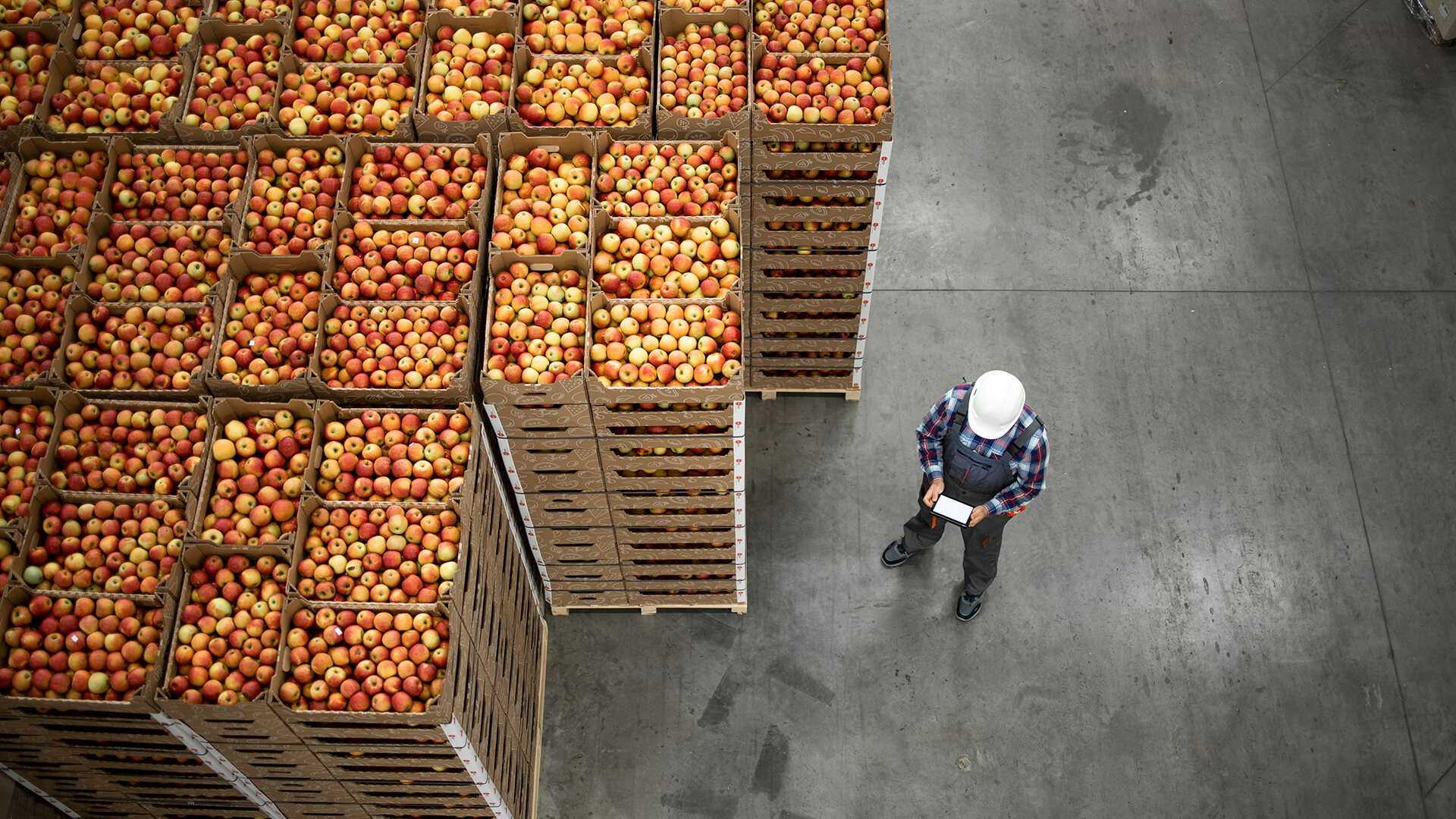
Auto Plant Retooling Cooled Manufacturing Sales in December
- Canadian manufacturing sales fell by 0.7 per cent (m/m) in December. This was weaker than Statistics Canada’s flash estimate, which heralded a 0.6 per cent month over month decline. After accounting for price effects, real manufacturing sales volumes fell by 0.1 per cent (m/m).
- Nominal sales grew in 10 of the 21 manufacturing subsectors. Sales of petroleum and coal products (+$225 million) and fabricated metal products (+$169 million) grew the most. Meanwhile, sales of transportation equipment products (-$716 million) saw the sharpest nominal decline.
- Manufacturing sales grew in 6 of 10 provinces. In relative terms, sales fell the most in Newfoundland and Labrador (-18.7 per cent) and grew the most in New Brunswick (+9.3 per cent).
- New orders grew by 2.3 per cent, while unfilled orders grew by 1.2 per cent.
Insights
Manufacturing sales slipped in December driven by declining sales of transportation equipment products. However, performance within this product subcategory was mixed. Motor vehicle sales fell by 13.5 per cent (m/m) as several auto plants in Ontario retooled, while sales of aerospace products and parts grew by 10.6 per cent. The latest report from Statistics Canada also marks the end of the 2023 calendar year, revealing that nominal manufacturing sales grew by a modest 1.1 per cent.
Price inflation for manufactured products continues to ease. The Industrial Product Price Index fell by 2.7 per cent in December 2023, with year-over-year prices falling outright during most of last year. Canada’s Raw Materials Price Index also declined by 8.1 per cent in 2023, with crude energy, potash, and forestry products experiencing some of the sharpest price declines. Lower production costs could help manufacturers cope with the weaker sales outlook and the significant uncertainty looming over the economy’s near-term prospects. Some of this easing could pass through to consumer prices. The share of firms that intend to raise prices more frequently and by larger amounts than normal over the coming year continues to decline. However, supply chain challenges – and, by extension, some price pressures – could be reignited by conflict in the Red Sea region and drought conditions along the Panama Canal.
Manufacturing output growth will remain muted this year, but we expect it will pick up in 2025. The S&P Global Canada Manufacturing PMI picked up to 48.3 in January from 45.4 in December. However, it remains in a contractionary range. Capacity utilization remains below its 2019 level. Employment in manufacturing has remained steady (growing by 1.5 per cent in 2023), while the sector’s job vacancy rate has fallen back to its pre-pandemic range. These figures suggest that firms are cutting back on hiring with tighter monetary policy contributing to a weaker sales outlook. At the same time, they have been hesitant to engage in layoffs. This isn’t the worst of all possible worlds, but it’s hardly a recipe for growth. Yet, modest relief could be on the horizon as interest rates will likely start to decline later this year.
For more details about Canadian manufacturing and industrial trends, please explore our Industry Lens reports here.






Comments